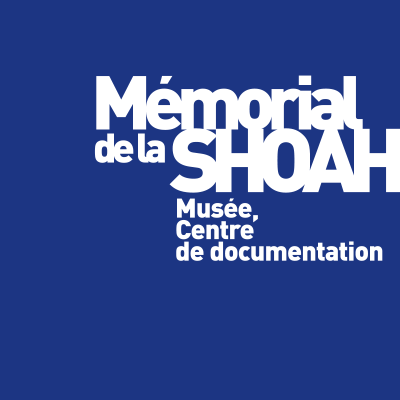Looks on the ghettos
The invasion of Poland in September 1939 marks the beginning of the Second World War. In the territories annexed to the East, the German army gathers the Jewish inhabitants in very quickly overcrowded and unsanitary ghettos. First stage of the genocidal process of the Jewish population of central Europe, the ghettos are liquidated in 1942-1943 and their population led to the killing centers.
The extermination process implemented in the greatest secrecy by the Nazi authorities is paradoxically well documented visually at this first stage: between 15,000 and 20,000 photographs were taken in the ghettos during the Second World War.
What are these images? Propaganda? Testimony? Resistance? Denunciation for History?
The answers are partly given by the context of their realization and the personalities of their authors.
Through a selection of little-known photographs from collections preserved throughout the world, taken in different ghettos (apart from large ghettos like Warsaw, Lodz or Kaunas, more than 400 other ghettos existed) the exhibition offers an analytical and historical reading of the photographs and, through them, traces a history of what was the confinement and slow death of several hundred thousand Jews in the ghettos.
See the exhibition site
